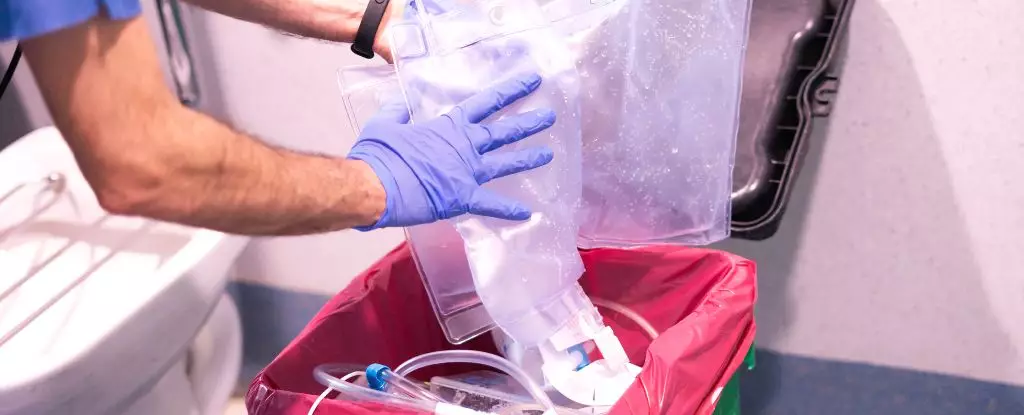As the world grapples with the escalating crisis of plastic pollution, the search for solutions has led scientists down some unexpected paths. Plastic waste saturates our oceans and landscapes, presenting an urgent challenge for ecosystems and human health alike. Amidst this chaos, the discovery of certain bacteria capable of degrading plastics has emerged as a glimmer of hope. These organisms, dubbed “plastic-eating microbes,” could usher in a new era where we learn to turn trash into treasure. However, the implications of harnessing such bacteria are not straightforward; they could pose significant risks, especially in environments where human health is at stake.
The Microbial Research Frontier
In laboratory studies, microbiologists have turned their attention to the genomic analysis of various bacteria, particularly those thriving in hospital settings. Among these, Pseudomonas aeruginosa—a notorious pathogen responsible for roughly 559,000 deaths each year—is attracting significant attention. Rather paradoxically, this bacterium is integral to hospital environments, where it is often associated with severe infections, particularly in vulnerable patients. The alarming insight from recent studies is that P. aeruginosa possesses genes that could enable it to metabolize plastic, offering a unique glimpse into the intersection of health hazards and environmental solutions.
What constitutes a breakthrough finding quickly transforms into a cause for concern. By isolating a strain of P. aeruginosa from infected patients, researchers discovered an enzyme they named Pap1, which facilitates the bacterium’s ability to consume plastic as a food source. While the potential for bioremediation seems promising, the implications of a pathogenic bacterium utilizing plastic polymers to survive and thrive raise serious ethical and practical questions about its role in healthcare settings.
The Dark Side of Plastic Degradation
The most striking revelation from this research is how the plastic-degrading trait enhances the virulence of P. aeruginosa. Upon breaking down plastic materials, this bacterium uses the resulting polymers as building blocks for biofilms—slimy protective structures that fortify its bacterial community against both the human immune system and antibiotic treatments. This newfound ability allows P. aeruginosa not only to persist in the hospital environment but also to amplify its threat to patients. By entwining degraded plastic into its biofilm matrix, the bacterium fortifies its defenses, creating an even starker challenge for medical professionals trying to manage infections.
As patients undergo procedures involving various plastics—from catheters to surgical implants—they inadvertently expose themselves to a heightened risk posed by these resilient pathogens. The question emerges: could our efforts for medical advancements in using plastics inadvertently benefit a bacterial adversary? This unsettling prospect necessitates a re-evaluation of materials used in healthcare, emphasizing the need to create environments that do not facilitate the rise of such dangerous opportunistic pathogens.
Healthcare Innovations in the Pipeline
In light of these findings, it is imperative that researchers pivot their efforts towards developing innovative solutions that mitigate the risks of plastic-eating bacteria in medical contexts. Ideas such as integrating antimicrobial substances directly into medical plastics could play a crucial role in combating infections related to P. aeruginosa while still leveraging its potential for environmental remediation. These strategies may offer a middle ground, ensuring that advances in healthcare do not inadvertently amplify the dangers posed by pathogens.
The intersection of environmental science and medical microbiology highlights the complex relationship between human innovation and natural processes. Just as plastic pollution poses dire threats to the environment, so can the ecological capabilities of microbes like P. aeruginosa simultaneously provide potential solutions and challenges. The race to strike a balance between utilizing these bacteria for bioremediation while safeguarding human health represents a pivotal frontier that requires ongoing collaborative efforts across disciplines.
Ultimately, as we unearth the layers of complexity surrounding plastic-eating bacteria, we are reminded of the necessity to tread with caution. While the horizon may be bright with possibilities for biotechnological innovations, we must remain vigilant about the unintended consequences of our quest for sustainable solutions in an increasingly plastic-saturated world.


Leave a Reply